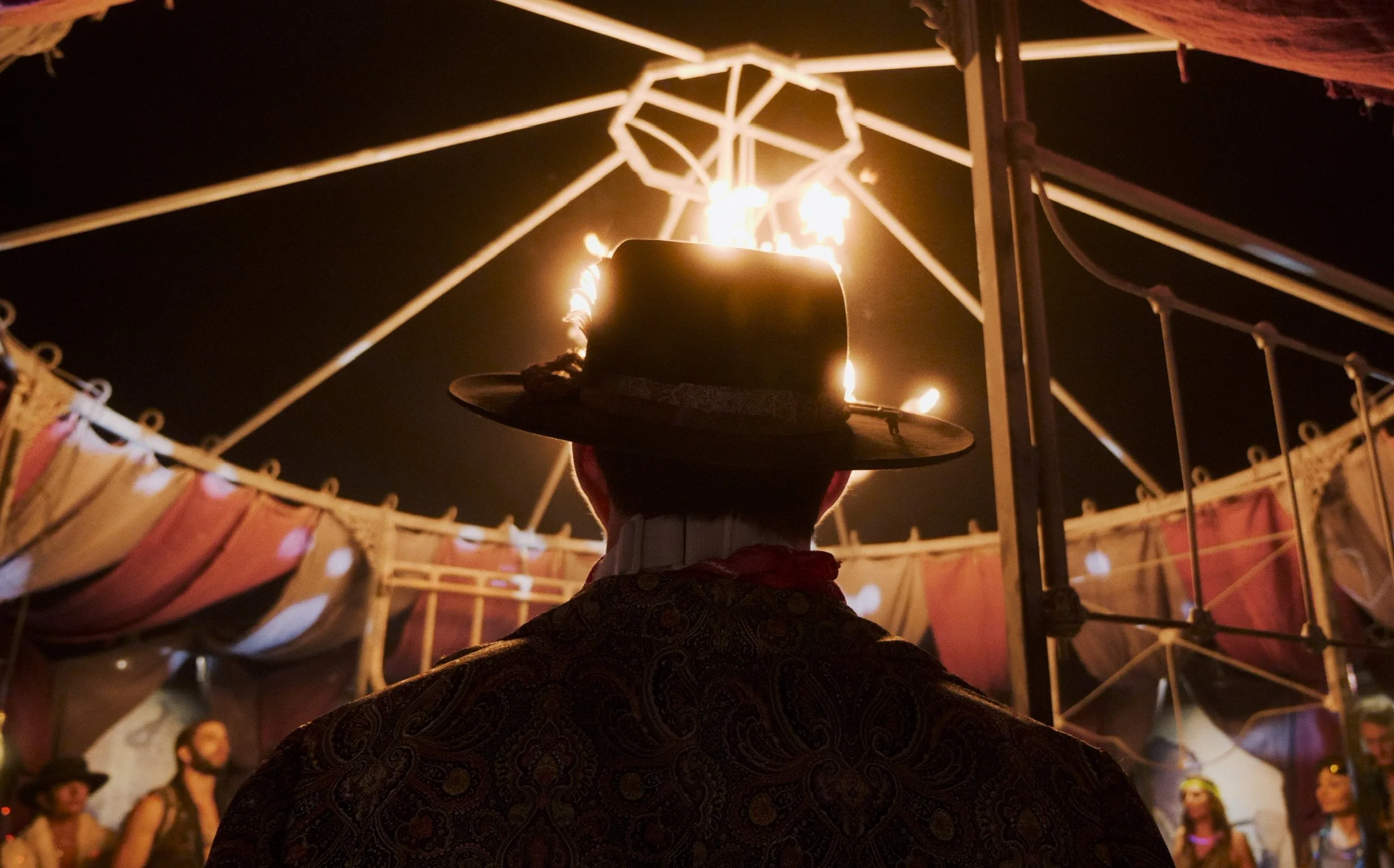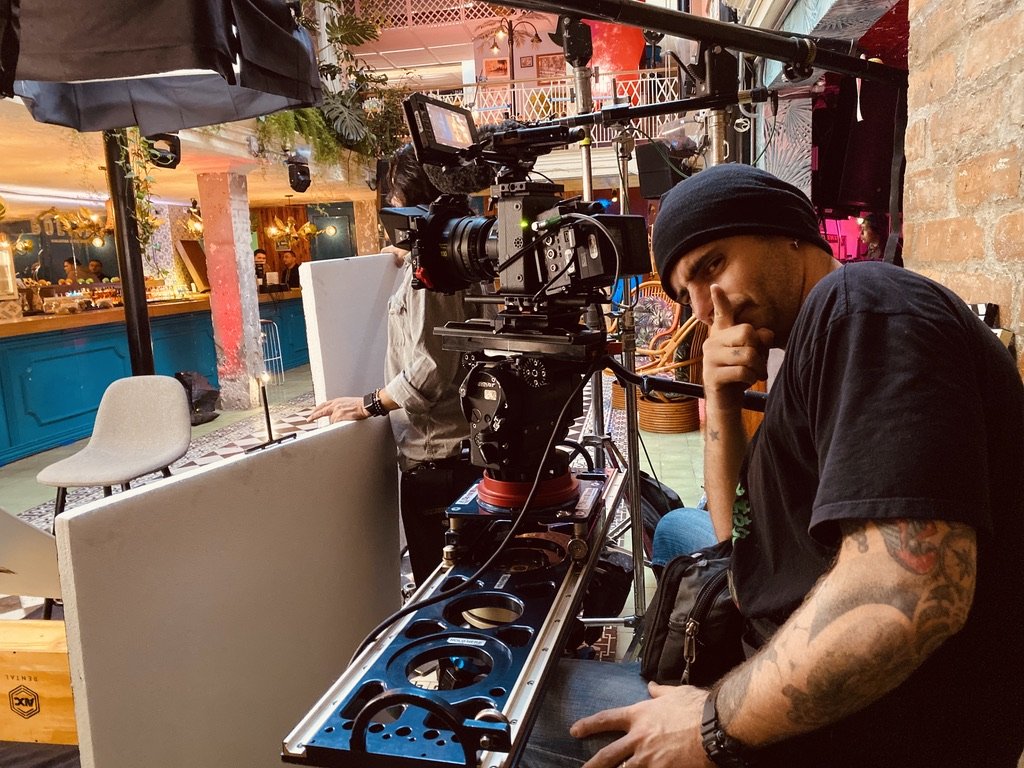Cinematography Choices: Owning Equipment vs. Renting for Aspiring Cinematographers
In the realm of cinematography, equipment plays a pivotal role in capturing the visual essence of a film. Aspiring cinematographers often grapple with the decision of whether to invest in their own gear or opt for the flexibility of renting. Each choice comes with its own set of considerations, ranging from budget constraints to project requirements. Let's explore the pros and cons of owning equipment versus renting for cinematographers striving to carve their path in the industry.
Owning Equipment:
Pros:
1. Consistent Workflow: Owning your equipment ensures familiarity and consistency in your workflow. You're intimately acquainted with the gear, allowing for seamless operation and efficient execution on set.
2. Creative Freedom: With ownership comes creative autonomy. You have the liberty to experiment with different setups and configurations, tailoring the equipment to suit your artistic vision without time constraints.
3. Long-Term Investment: Investing in quality equipment can be a long-term investment. While the upfront costs may be substantial, owning gear provides value over time and potentially reduces expenses in the long run.
Cons:
1. Financial Commitment: Acquiring professional-grade equipment entails significant upfront costs, which may pose a barrier for aspiring cinematographers, particularly those with limited budgets or uncertain income streams.
2. Maintenance and Upkeep: Ownership comes with the responsibility of maintenance, repairs, and upgrades. Regular upkeep is essential to ensure optimal performance and longevity, adding to the overall cost of ownership.
3. Technological Obsolescence: Rapid advancements in technology render equipment obsolete over time. Investing in gear may lock you into outdated technology, requiring frequent upgrades to stay competitive in the ever-evolving industry landscape.
Renting Equipment:
Pros:
1. Cost-Effectiveness: Renting offers a cost-effective alternative to owning equipment, especially for occasional or project-specific needs. You pay for usage on a per-project basis, eliminating the financial burden of upfront investments.
2. Access to Latest Gear: Renting grants access to a vast array of cutting-edge equipment and technology without the commitment of ownership. You can leverage the latest innovations to elevate your cinematography without being tethered to outdated gear.
3. Flexibility and Variety: Renting provides unparalleled flexibility and variety. You can tailor your equipment selection to meet the specific requirements of each project, choosing from a diverse range of cameras, lenses, and accessories.
Cons:
1. Dependency on Availability: Availability of rental equipment is subject to demand and scheduling constraints. Popular gear may be booked in advance, limiting your options and potentially affecting project timelines.
2. Learning Curve: Each rental may come with a learning curve as you familiarize yourself with new equipment and workflows. Adjusting to different setups and configurations can be time-consuming and may impact efficiency on set.
3. Cumulative Costs: While individual rentals may seem cost-effective, cumulative rental expenses can add up over time, especially for frequent or long-term projects. Renting may become less economical in the long run compared to ownership.
Conclusion: Finding the Right Balance
For aspiring cinematographers, the choice between owning equipment and renting is ultimately a matter of balancing budgetary constraints, project requirements, and career goals. Some may opt for the stability and creative freedom of ownership, while others may prefer the flexibility and cost-effectiveness of renting.
In reality, many cinematographers find themselves navigating a hybrid approach, owning essential equipment while supplementing their toolkit with rentals for specialized gear or unique project needs. Whatever the choice, the key lies in making informed decisions that align with your artistic vision, career trajectory, and financial circumstances.
Whether you choose to invest in your gear or leverage the resources of rental houses, remember that cinematography is ultimately about storytelling. The equipment you use is but a tool to bring your creative vision to life on screen, shaping narratives that resonate with audiences and leave a lasting impression in the cinematic landscape.

